BLOG
Still life
Still life has been a central
theme of art and finds its pictorial
autonomy in the seventeenth century
with Caravaggio.
Even in photography, especially at the beginning of the practice,
there are images that take up inanimate objects, mainly due to the technical
inability to shoot moving objects.
if you think every picture is a still life: in the shot, in the still image in fact immobilizes the reality, the single and unrepeatable that appears before the lens. On the other hand, every photograph, as the French semiologist Roland Barthes remembers, is a memento mori, a Latin phrase reminiscent of human finitude.
In the English-speaking languages the term "Still Life" indicates precisely the stopping of the moment, indicating the "immobilized life"; at the same time, however, every object maintains its own vitality with the real, due to its being actually existed.
But what is represented in still life?
The objects and the flowers composed within the frame, add shape and give order, representing the idea of time. Every single element is suspended from the surrounding reality. As Philippe Daverio, an Italian / French art critic, recalls, the consequence is paradoxical: the only photograph that can really represent reality is that which takes up an artificial, composed, intentionally invented reality.
The images that follow, all on a black background, illuminated sideways and desaturated, want to reflect on the concept of time and want to remember how much photography, entertains a privileged relationship with this.
Taking pictures means participating in the vulnerability and the mortality isolating a moment and attesting to the inexorable finitude of man.
The choice of flowers represents this caducity well.
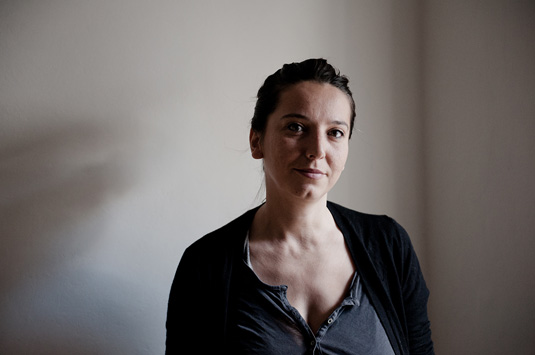
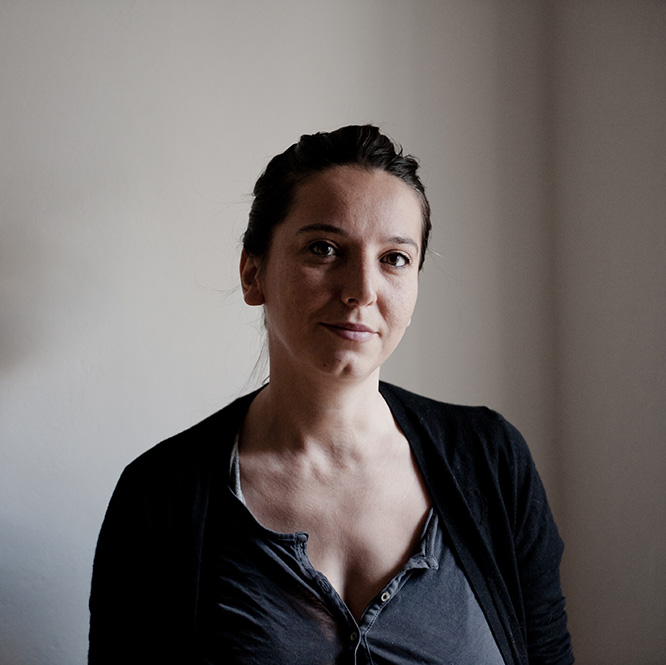
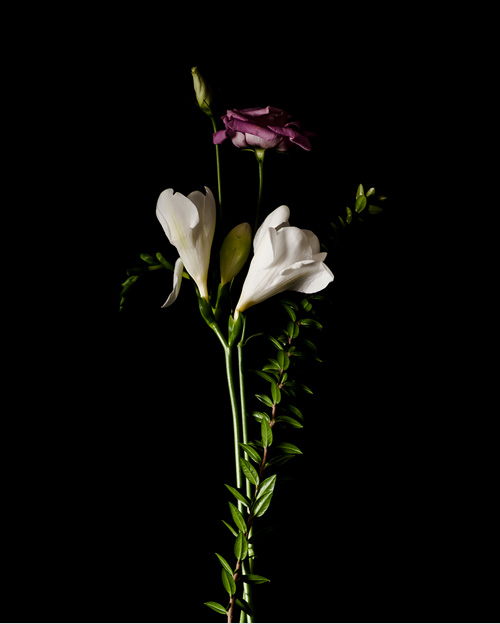
 85mm F1.8 ED UMC CS
85mm F1.8 ED UMC CS
 NIKON D700
NIKON D700
 F1.4
F1.4
 1/80 sec
1/80 sec
 800
800
 Multi-Segment
Multi-Segment
 -
-
 -
-
 -
-
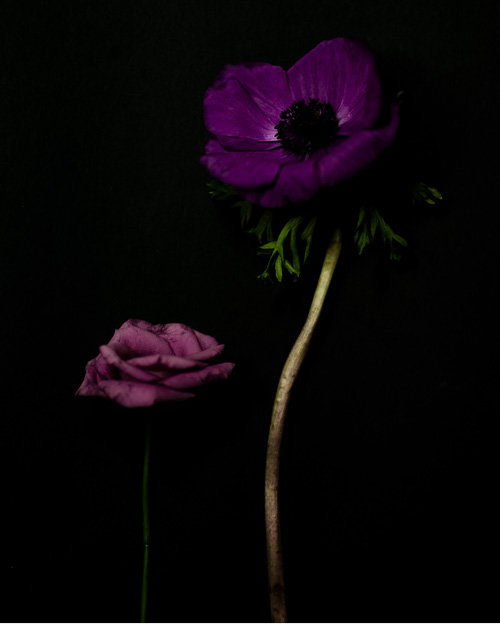
 85mm F1.8 ED UMC CS
85mm F1.8 ED UMC CS
 NIKON D700
NIKON D700
 F1.4
F1.4
 1/125 sec
1/125 sec
 400
400
 Multi-Segment
Multi-Segment
 -
-
 -
-
 -
-
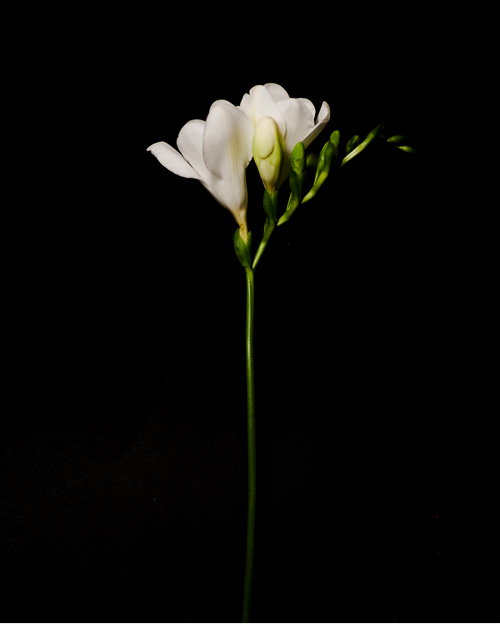
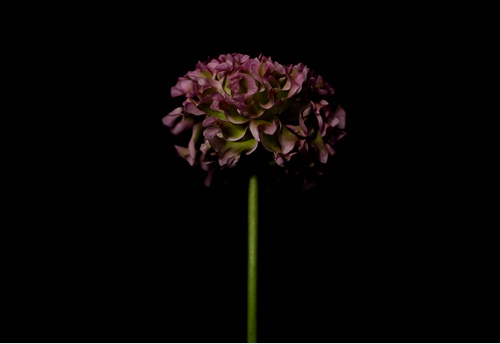
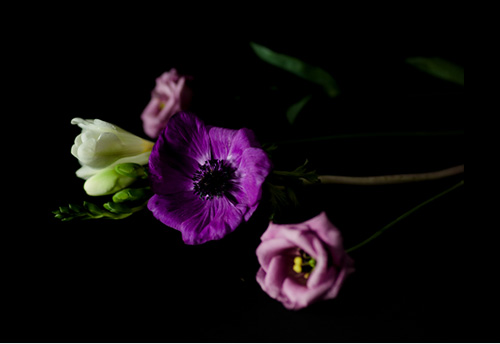
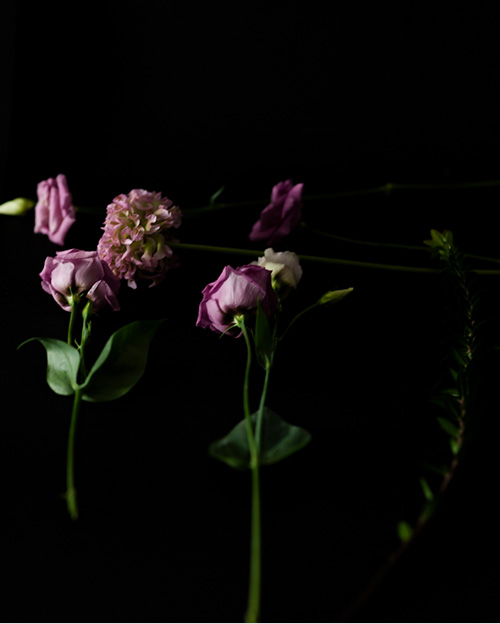
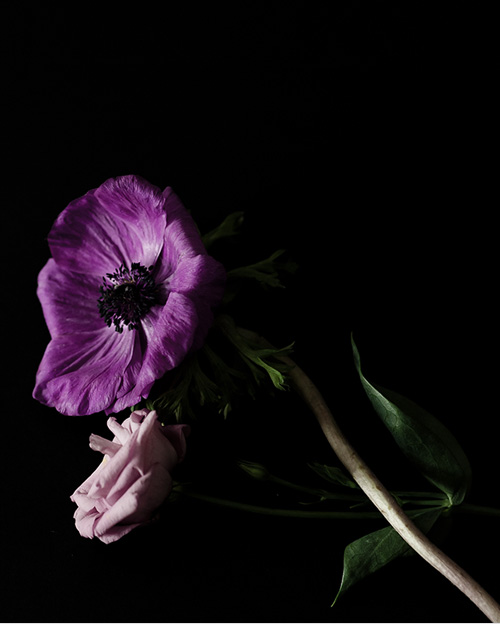














.jpg)